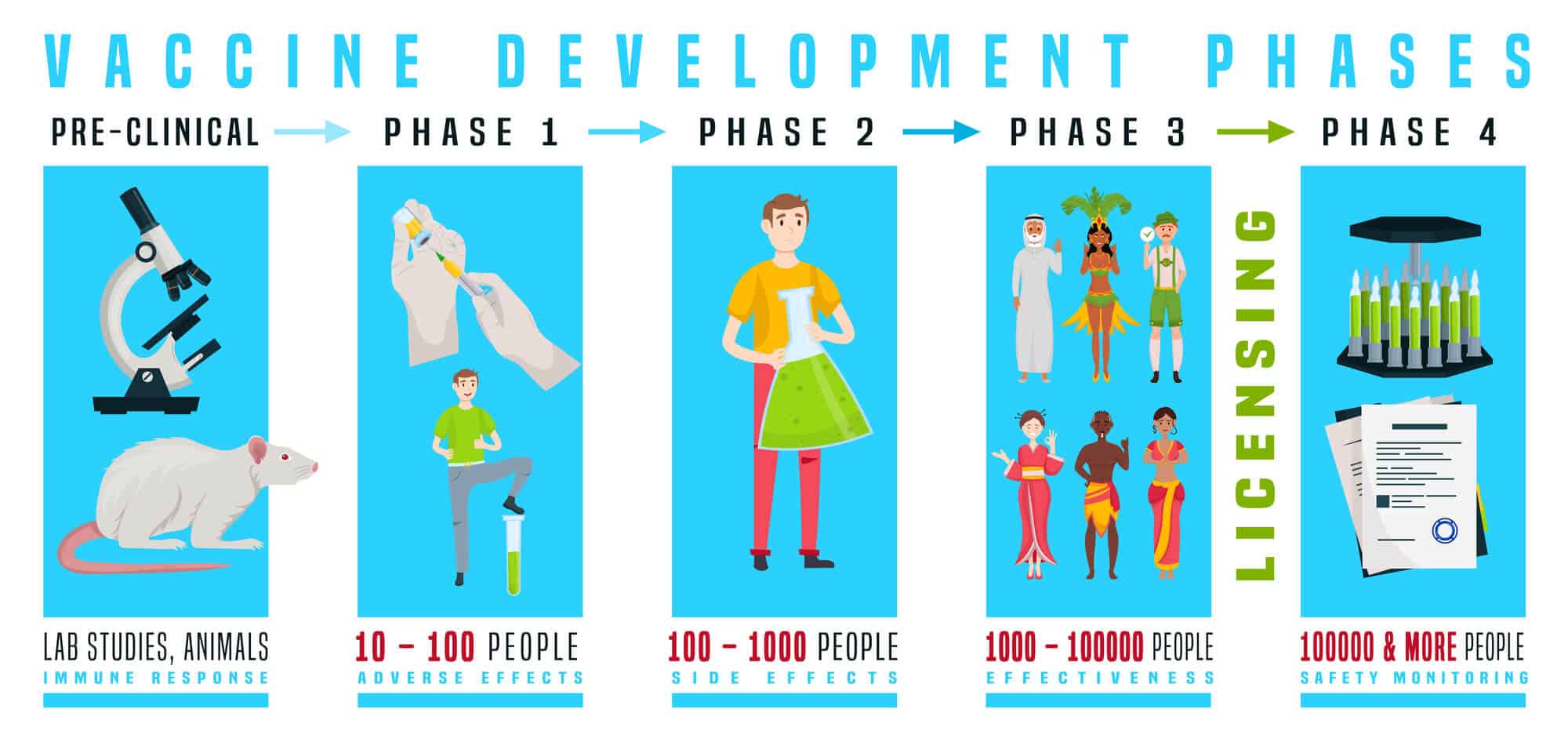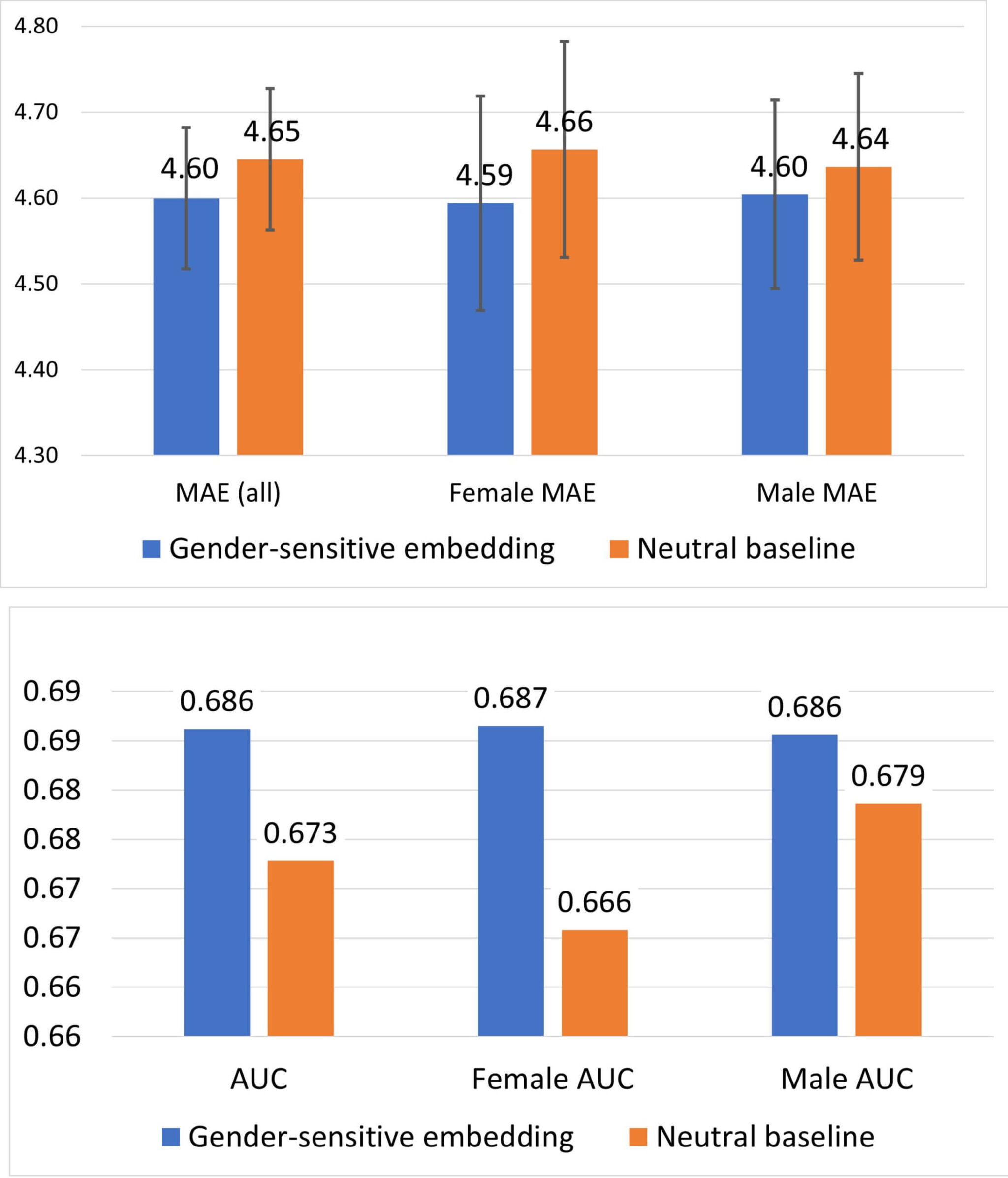The existing under-representation of women in clinical studies creates a problematic bias that harms the quality of treatment for women, in the early diagnosis of diseases, in the allocation of drugs that cause side effects among women, and more

The development of drugs and other medical treatments usually begins with basic research and continues with laboratory experiments, preclinical experiments and finally with clinical research that confirms both the effectiveness of the treatment in humans and its safety. The clinical research is a long and expensive process that decides the fate of the treatment - if it will receive the approval of the competent authorities (FDA, for example) or if it will be rejected. Therefore, its importance in the development of medical treatments is clear.
A new article by female researchers at the Taub Faculty of Computer Science at the Technion, in collaboration with Dr. Eric Horvitz from Microsoft Research, presents a specific bias that affects the application of the findings of these studies: Underrepresentation of women in the clinical study. In the article thatBe famous In JAMIA - the journal of the American Association for Medical Informatics - the researchers describe this bias and present dedicated tools that correct it and thus may improve medical care for women.
According to PhD student Shonit Agmon, who conducted the research with Dr. Kira Radinsky, "Today we know that different populations respond differently to a given treatment - for example, women may respond to treatment differently than men. For example, a drug called zolpidem, intended for sleep disorders, affects women differently, so it is important to assign it to them in a different dose than men - a fact that was discovered only after the drug was released to the market. The existing under-representation of women in clinical studies creates a problematic bias that harms the quality of treatment for women, in the early diagnosis of diseases, in the allocation of drugs that cause side effects among women, and more."
The gender bias in clinical research is not new, and it intensified following traumatic events, including the thalidomide affair - a drug that caused many birth defects after it was given to pregnant women as a medicine to alleviate morning sickness. This sad affair, which took place in the early 60s, led to a drastic reduction in the participation of women in clinical studies.
In 1993, laws were enacted in the United States that require women to participate in such studies and to consider gender in the analysis of research results. And yet, the underrepresentation is an existing phenomenon, and when it comes to studies prior to 1993 it is more severe and blatant. Agmon emphasizes that underrepresentation also exists regarding other populations in contexts such as age, origin and demographic affiliation. In some cases, there is also an underrepresentation of men, and this in diseases that are considered more "feminine" - fibromyalgia, for example.
In recent years, computer models have entered the world of medicine designed to improve medical diagnosis, treatment and prevention. However, says Agmon, "most of these models are based on the same biased studies and therefore they 'inherit' the same biases from them, and in some cases even amplify them."

The researchers dealt with the aforementioned problem with computational learning tools, including natural language processing (NLP) and, in particular, vector representation of words (Word embeddings) - approaches that allow "understanding" of texts by a computer. The researchers applied these methods to 16,772 articles from the PubMed database and assigned each of them a "weight" based on the proportion of women in the clinical research described therein. Thus they created an algorithmic tool for gender-sensitive use in the research literature. This algorithm makes it possible to correct the aforementioned bias and improve the suitability of treatments for patients. The algorithm was able to significantly improve prediction tasks on women in different contexts, including the duration of the patient's hospitalization, re-hospitalization within a month at most and correlation between different diseases. Although the model focused on improving the predictions for women, it also greatly improved all clinical predictions (also for men).
The researchers believe that their article in JAMIA will increase awareness of the problems of underrepresentation in clinical studies and research in general and will lead to the development of additional solutions that will improve the quality of personalized medicine.
Shonit Agmon did all her academic studies at the Taub Faculty of Computer Sciences. She graduated with a bachelor's degree with high honors, worked for two years at Google and returned for a master's degree under the guidance of Prof. Assaf Shuster. At the end of her degree, she began her doctorate under the supervision of Dr. Kira Radinsky and Prof. Benny Kimmelfeld.
For an article in the journal JAMIA click here
More of the topic in Hayadan:
- IBM is launching a service that will warn against biases in artificial intelligence applications and systems
- The original proto-ribosome was much simpler than today's ribosome but the direction of development can be analyzed
- The Cancer Society has established a database of clinical studies for cancer patients
